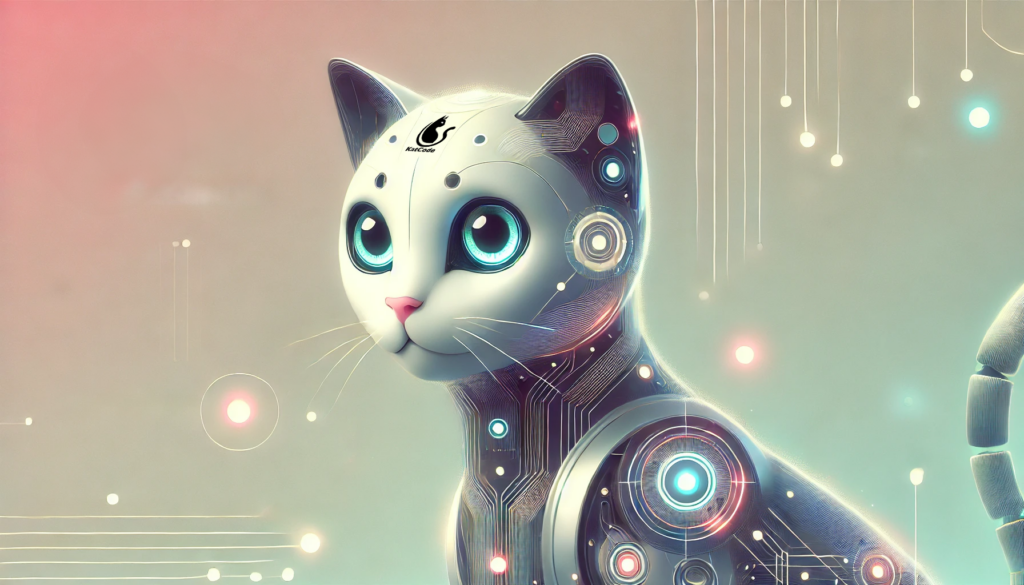
Welcome to our journey into the fascinating world of Artificial Intelligence (AI)! Let’s explore together what lies behind this exciting topic. AI is everywhere and is rapidly transforming our world. In this post, we’ll take a look at the basics, explore some exciting applications, and discuss the challenges that come with it. Let’s dive in!
1. What is Artificial Intelligence?
Artificial Intelligence, or AI for short, refers to systems and machines that are capable of mimicking human intelligence. This includes learning from experience, understanding natural language, recognizing images, and making decisions. You could say that AI gives machines a “human-like” way of thinking.
2. The History of Artificial Intelligence
Let’s take a look back: In the 1950s, pioneers like Alan Turing and John McCarthy laid the foundation for AI. Alan Turing developed the Turing Test to determine whether a machine could exhibit intelligent behavior. In this test, a human communicates with a machine and another human, without knowing who is who. If the human cannot reliably tell the difference between the machine and the human, the machine is considered intelligent. John McCarthy coined the term “Artificial Intelligence” and organized the 1956 Dartmouth Conference, which is regarded as the birth of AI research. Since then, AI has continuously evolved and is now an integral part of many areas of our lives.
3. Basics of Artificial Intelligence
Don’t worry, we’ll keep it simple and easy to understand!
3.1 Machine Learning
Machine Learning (ML) is a subset of AI that enables systems to learn from data. There are three main types of machine learning:
- Supervised Learning: The system learns from a training dataset that includes both inputs and corresponding outputs.
- Unsupervised Learning: The system autonomously looks for patterns and connections in a dataset without predefined outputs.
- Reinforcement Learning: The system learns through rewards and punishments based on the results of its actions.
3.2 Neural Networks
Neural networks are inspired by the human brain and consist of many interconnected neurons. They are particularly good at recognizing complex patterns in data, such as identifying whether a picture shows a cat or a dog.
3.3 Natural Language Processing (NLP)
NLP allows computers to understand and use human language. This technology powers voice assistants like Siri or Alexa, enabling them to comprehend and respond to spoken requests.
4. Applications of Artificial Intelligence
AI is used in a variety of fields. Here are some exciting examples:
Entertainment: Netflix and Spotify use AI to provide you with personalized recommendations.
Economy: Companies use AI to optimize workflows, detect fraud, and improve customer service through chatbots.
Medicine: AI assists in diagnosing diseases and developing personalized treatment plans.
Transportation: Self-driving cars and intelligent traffic management systems are examples of how AI can make transportation safer and more efficient.
5. Challenges and Ethical Considerations
Of course, there are challenges too:
Job Loss: Automation through AI could replace some jobs, but it also creates new opportunities.
Ethics and Responsibility: What happens if a self-driving car causes an accident? Questions like these are central to the future of AI.
Data Privacy and Security: AI processes vast amounts of data, so protecting our data is crucial.
6. The Future of Artificial Intelligence
The future of AI looks promising. We can expect more advanced robots, better medical diagnoses, and innovative solutions to global challenges. However, it’s important that we develop AI responsibly.
Conclusion
AI is a fascinating and dynamic field with great potential to improve our lives. Having a basic understanding of AI helps us better recognize its opportunities and challenges. Stay curious and open to the exciting developments AI has in store for us!
